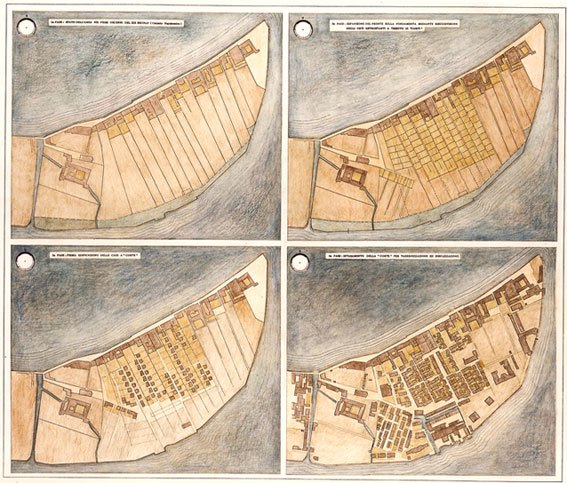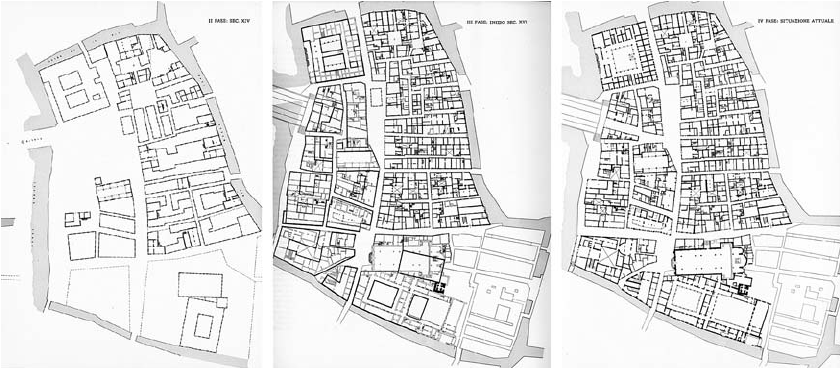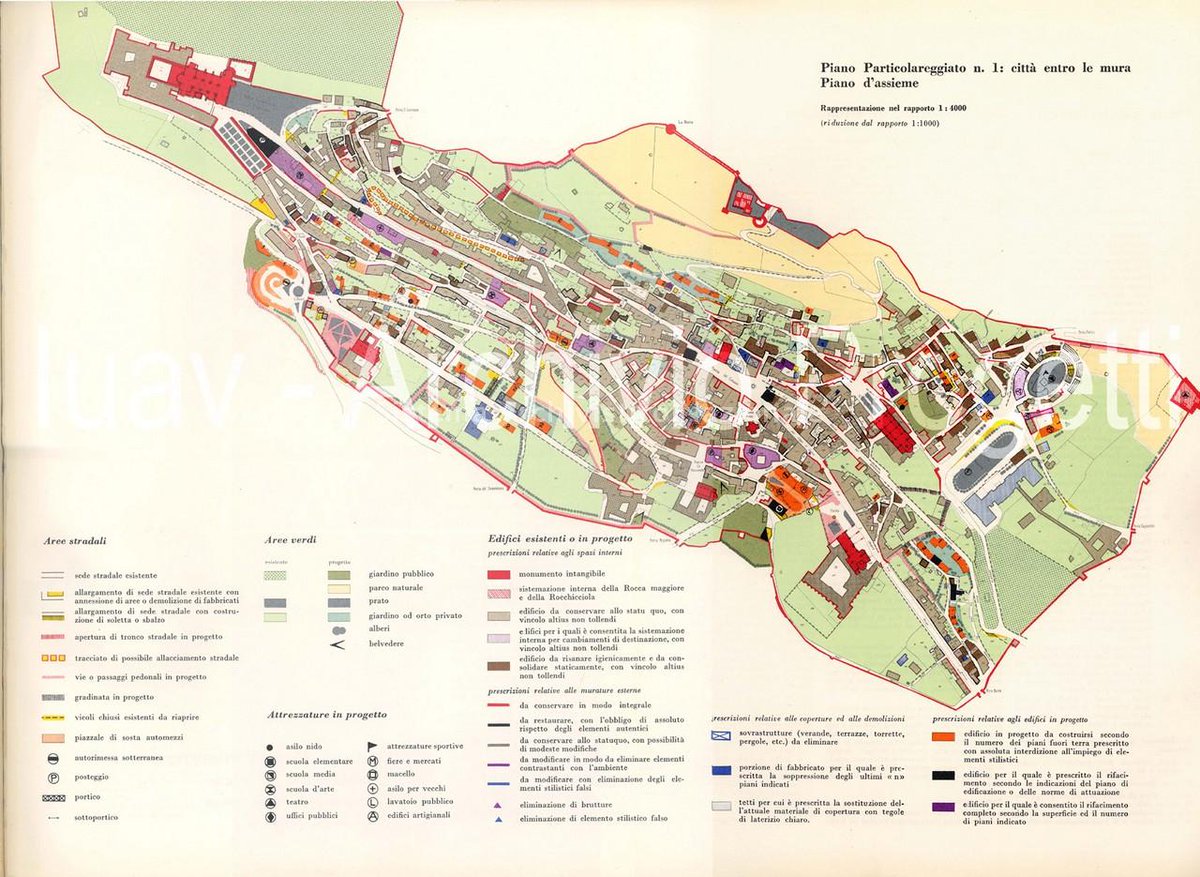1/ This is a difficult thread I& #39;ve longtime planned to do.
I confess that, unlike many in here, I still have some sympathies for the "preservationist" or "heritage" argument in urban planning, as I come from a planning culture that take history in very high esteem.
I confess that, unlike many in here, I still have some sympathies for the "preservationist" or "heritage" argument in urban planning, as I come from a planning culture that take history in very high esteem.
2/ I grew up in a country were the physical traces of the past are not just some scattered remnants, but are pervasive and constitute an intricate overlap of multiple layers of transformations one can experience in everyday life.
My high school was in a 16th century building https://abs.twimg.com/emoji/v2/... draggable="false" alt="⤵️" title="Nach rechts zeigender Pfeil mit Krümmung nach unten" aria-label="Emoji: Nach rechts zeigender Pfeil mit Krümmung nach unten">
https://abs.twimg.com/emoji/v2/... draggable="false" alt="⤵️" title="Nach rechts zeigender Pfeil mit Krümmung nach unten" aria-label="Emoji: Nach rechts zeigender Pfeil mit Krümmung nach unten">
My high school was in a 16th century building
3/ If I were to be asked to point a single contribution the Italian planning culture brought to the evolution of modern international planning practices, that would be the peculiar "typo-morphological" approach to urban heritage developed in the post WWII years
4/ If the preservation of monuments or major artworks, is an acquired idea since the 19th century in most countries (nobody would demolish the Coliseum or the Statue of Liberty for housing), the attention to what we call the "minor" or "vernacular" urban heritage is more recent
5/ In Italy, starting from the works of Gustavo Giovannoni in the 1910-1930s, reflecting on the challenges of adapting the pre-industrial city to the needs of a modern society, a practical and theoretical debate brought to the formulation of a new approach in the 1950s
6/ Known as "typo-morphology", it developed from the idea that the value of historic cities depends on the delicate equilibrium built over time between large specialized buildings (churches, palaces, etc.), the "minor" building typologies and the public spaces connecting them
7/ This attention to the minor components of the urban fabric was born as a reaction to the massive demolitions of the Fascist Era, that continued in the immediate post-war years taking advantage of war destructions.
8/ This was particularly shocking for many, as it happened at a time of massive urbanization and development of low quality intensive peripheries, objectively lacking the high urban quality, in term of spaces and architecture, of pre-industrial cities& #39; core
9/ During the 1950s-60s, the typo-morphological approach gained momentum and started to be applied regularly as the methodological and normative tool to preserve and control the transformation of the historic core, starting with 1959 Assisi& #39;s and Bologna& #39;s 1965 plans
10/ Behind that push for conservation there was what many in the planning milieu called a "cultural battle" to make the preservation of historic cores as "unique ensembles" the mainstream approach in national and municipal policies. It was successful and it& #39;s now mainstream
11/ this approach spread to France, Spain and then to Latin America, where the experience of Bologna& #39;s 1973 plan, conjugating restoration of the built fabric with social housing and anti-displacement policies, had large resonance and became part of planners curricula.
12/ I& #39;ve always had mixed feelings for the italian approach, as it preserved and kept alive our city centers but spurred a sometimes very conservative culture vis-à-vis of the insertion of modern architecture in historical context within the general public.
13/ Another trade off of this policy has been the increasing museification of many cities core, even if the extreme cases of Venice and Florence does not reflect other cities& #39;, where the historic centers kept their function of civic and business centers
14/ Despite these flaws, I cannot (and I do noy want to) leave behind this imprinting, that is a constitutive part of my professional background and formation. So, I feel kind of disoriented when I engage with the "preservationism is evil" discourse in here.
15/ I perfectly understand that this is the result of "historical preservation" and the likes being used as pretexts to foster exclusionary policies, even racially motivated ones, and as recurrent NIMBYs& #39; arguments against densification and upzoning.
16/ But it is maybe worth remembering that the call for the preservation of some of the characters (not only architectural, but more morphological) of the pre-industrial city has some motivated ground in the dull landscape and poor quality of modern functional cities
17/ that is why planning cannot just content itself with advocating for more housing regardless of how it& #39;s physically made, but must be able to deliver a high quality dense environment that will not make us regret what we lost. This is not easy, but is possible and necessary.
18/ On a side note, it& #39;s worth mentioning that the roots of the urban heritage discourse in NA are much more linked to the British picturesque, the Ruskin& #39;s romantic vision of ruins and the "Washington slept here" historical approach that dominate in anglo-saxon context.
19/ This is part of the reason why, apart rare exception, if you studied in NA you have probably never heard of the typo-morphological approach, despite it being the blueprint on which UNESCO policies fro urban heritage are de facto based.

 Read on Twitter
Read on Twitter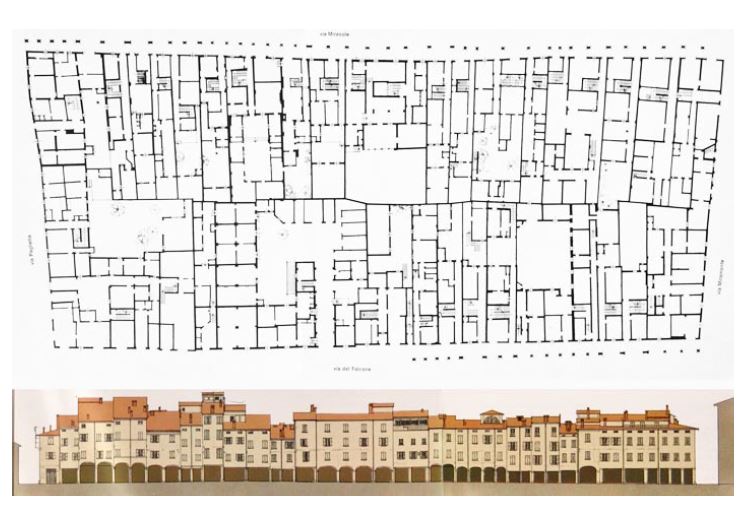
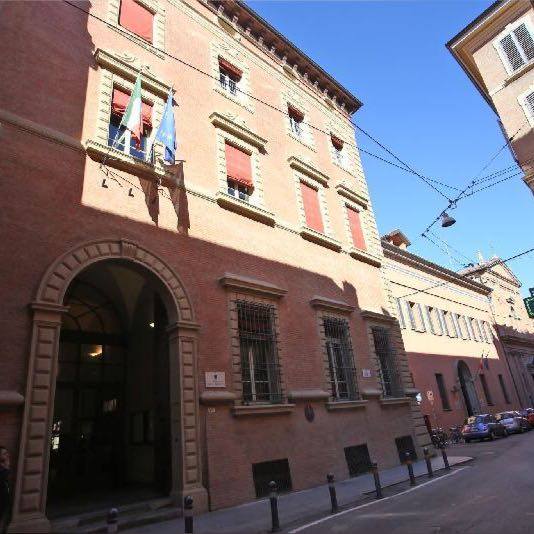 " title="2/ I grew up in a country were the physical traces of the past are not just some scattered remnants, but are pervasive and constitute an intricate overlap of multiple layers of transformations one can experience in everyday life.My high school was in a 16th century building https://abs.twimg.com/emoji/v2/... draggable="false" alt="⤵️" title="Nach rechts zeigender Pfeil mit Krümmung nach unten" aria-label="Emoji: Nach rechts zeigender Pfeil mit Krümmung nach unten">" class="img-responsive" style="max-width:100%;"/>
" title="2/ I grew up in a country were the physical traces of the past are not just some scattered remnants, but are pervasive and constitute an intricate overlap of multiple layers of transformations one can experience in everyday life.My high school was in a 16th century building https://abs.twimg.com/emoji/v2/... draggable="false" alt="⤵️" title="Nach rechts zeigender Pfeil mit Krümmung nach unten" aria-label="Emoji: Nach rechts zeigender Pfeil mit Krümmung nach unten">" class="img-responsive" style="max-width:100%;"/>
